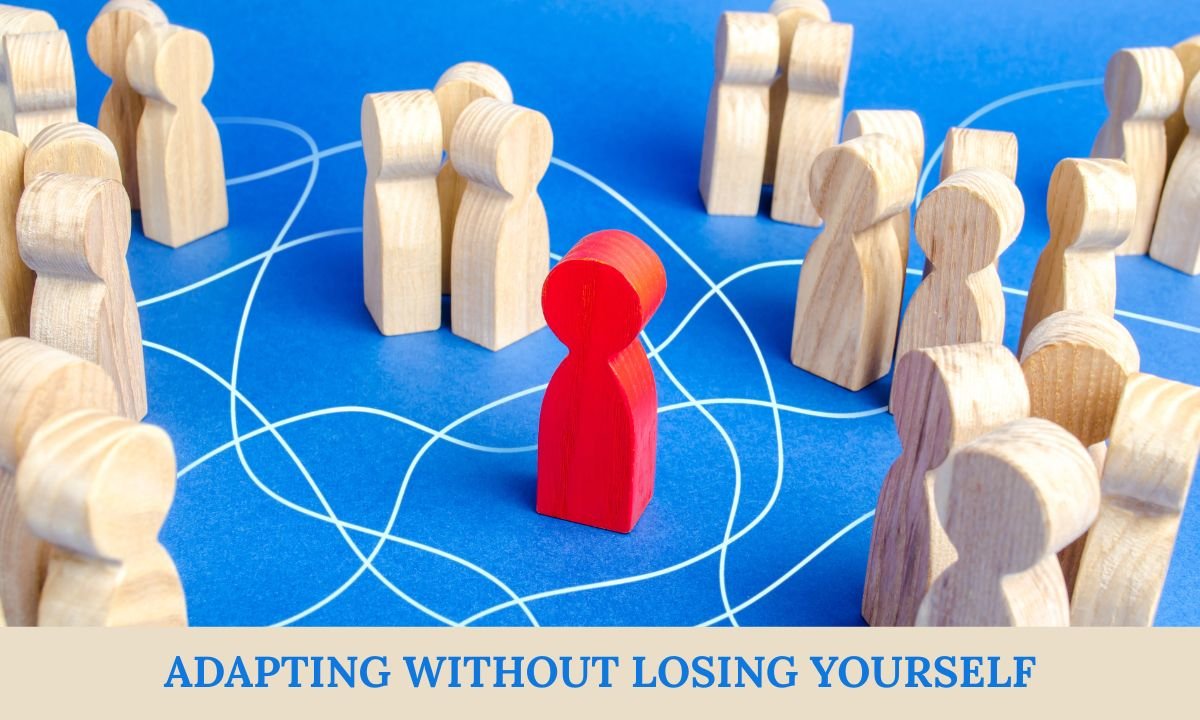Assimilasjon is more than a word about moving to another country. It is about real life experiences, personal struggles, and the courage of people who leave their homes for safety or opportunity. It is about finding a balance between old traditions and new ways of life.
The Roots of Migration and Assimilasjon
People have moved from place to place since ancient times. They carried their language, customs, and traditions with them. When they settled in new lands, they had to decide how much to keep and how much to change. This is the core of assimilasjon.
During the industrial revolution, many people moved to cities for work and security. Assimilasjon helped them survive and find opportunities. Later, wars and conflicts in the 20th century forced millions to leave their homes and start over in new countries.
Assimilasjon is not the same for everyone. It depends on politics, community support, and personal choices. But through history, it always shows people rebuilding life while keeping parts of their culture alive.
The Struggles Within Assimilasjon
Assimilasjon often starts with hope, but it can be hard. One big challenge is language. Not knowing the local language can make people feel lonely and frustrated. Even skilled workers may feel invisible without communication skills.
Jobs can also be a problem. Many immigrants find their qualifications are not recognized and must take lower-paying work. This can hurt their income and self-esteem.
Cultural differences can also be tough. Habits normal in one country may seem strange in another. Children may adapt faster, leaving parents trying to hold on to their culture.
All these struggles can cause identity problems. People may feel stuck between two worlds, which can be emotionally hard.
Positive Sides of Assimilasjon
Despite difficulties, assimilasjon has many benefits. Immigrants can access better education, healthcare, and work opportunities. This can improve life for their families for generations.
Assimilasjon also makes society richer. Food, music, and festivals mix, creating diverse and lively communities. This blending can even create new traditions.
Workplaces benefit too. Different ideas and perspectives bring innovation. Businesses in technology, arts, and other fields grow faster. Assimilasjon also helps locals and newcomers understand each other, building stronger communities.
Preserving Cultural Identity Alongside Assimilasjon
Keeping your culture is as important as adapting to a new one. Assimilasjon does not mean losing your roots. The best outcomes happen when people balance adaptation and preservation.
Community groups play a big role. Cultural centers, language schools, and festivals help immigrants stay connected to their traditions. Speaking native languages at home and cooking traditional food keeps culture alive.
Maintaining cultural identity benefits everyone. It shows that adapting to a new society does not mean giving up your past. It creates respect and understanding between different communities.
Real Stories of Assimilasjon
Maria from Venezuela moved to Norway. She struggled with Norwegian but joined language classes and became part of her community. Now, she works in a tech company, showing how persistence pays off.
Jamal from Syria came during the refugee crisis. He received support from local organizations and trained in carpentry. Within two years, he started his own business, contributing to his new society.
Fatima from Somalia came as a student. She joined cultural programs and made friends from different backgrounds. Today, she supports multiculturalism, showing how past and present can work together.
These stories show that assimilasjon is not about losing yourself. It is about growing and creating a new life while keeping your roots.
FAQs
What is assimilasjon?
It is adapting to a new country while keeping your culture.
Why is language important in assimilasjon?
It helps people communicate and feel included.
Can immigrants keep their traditions?
Yes, they can celebrate traditions while living in a new country.
Does assimilasjon help jobs and education?
Yes, it opens opportunities for work and learning.
Is assimilasjon the same for everyone?
No, it depends on personal and community situations.










